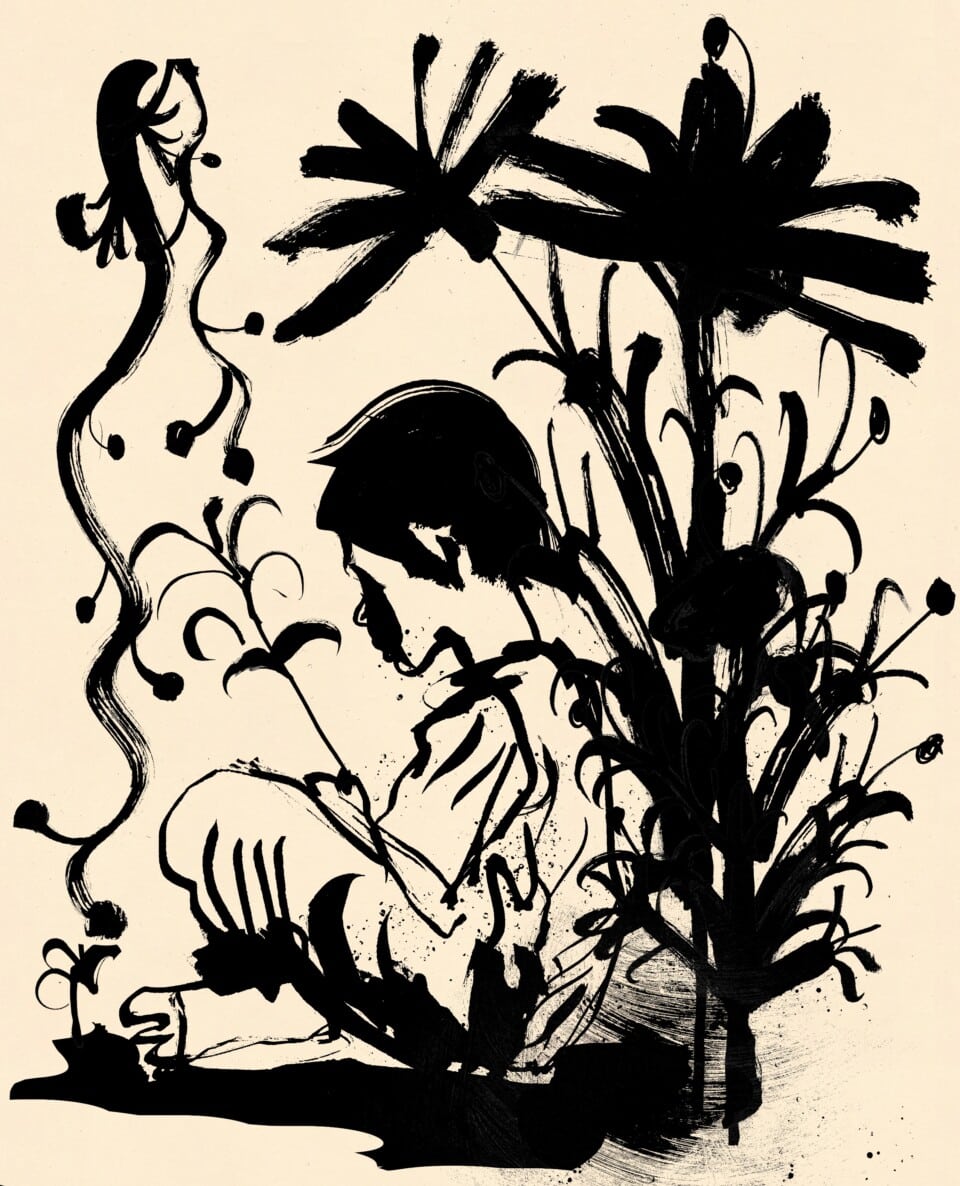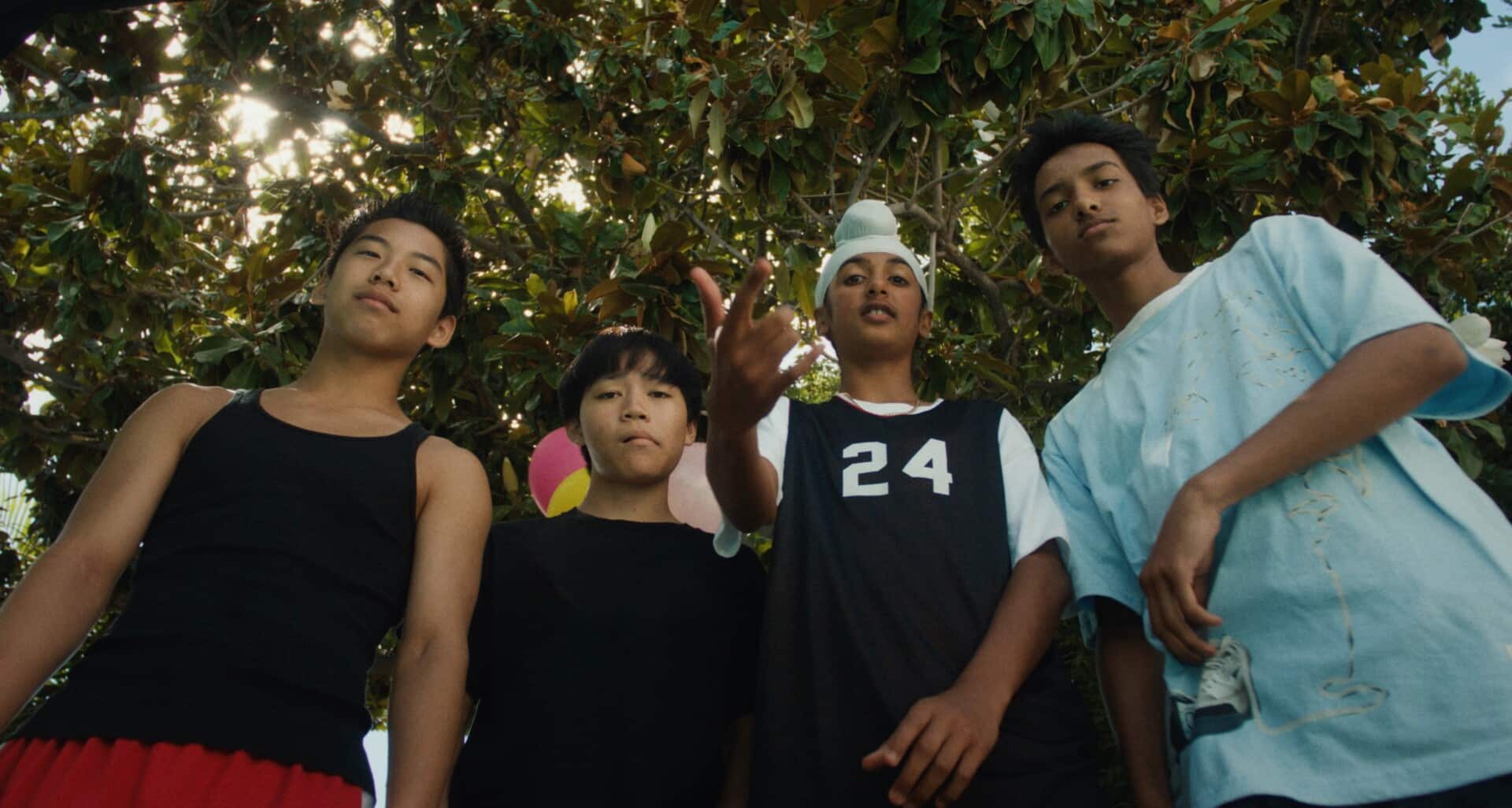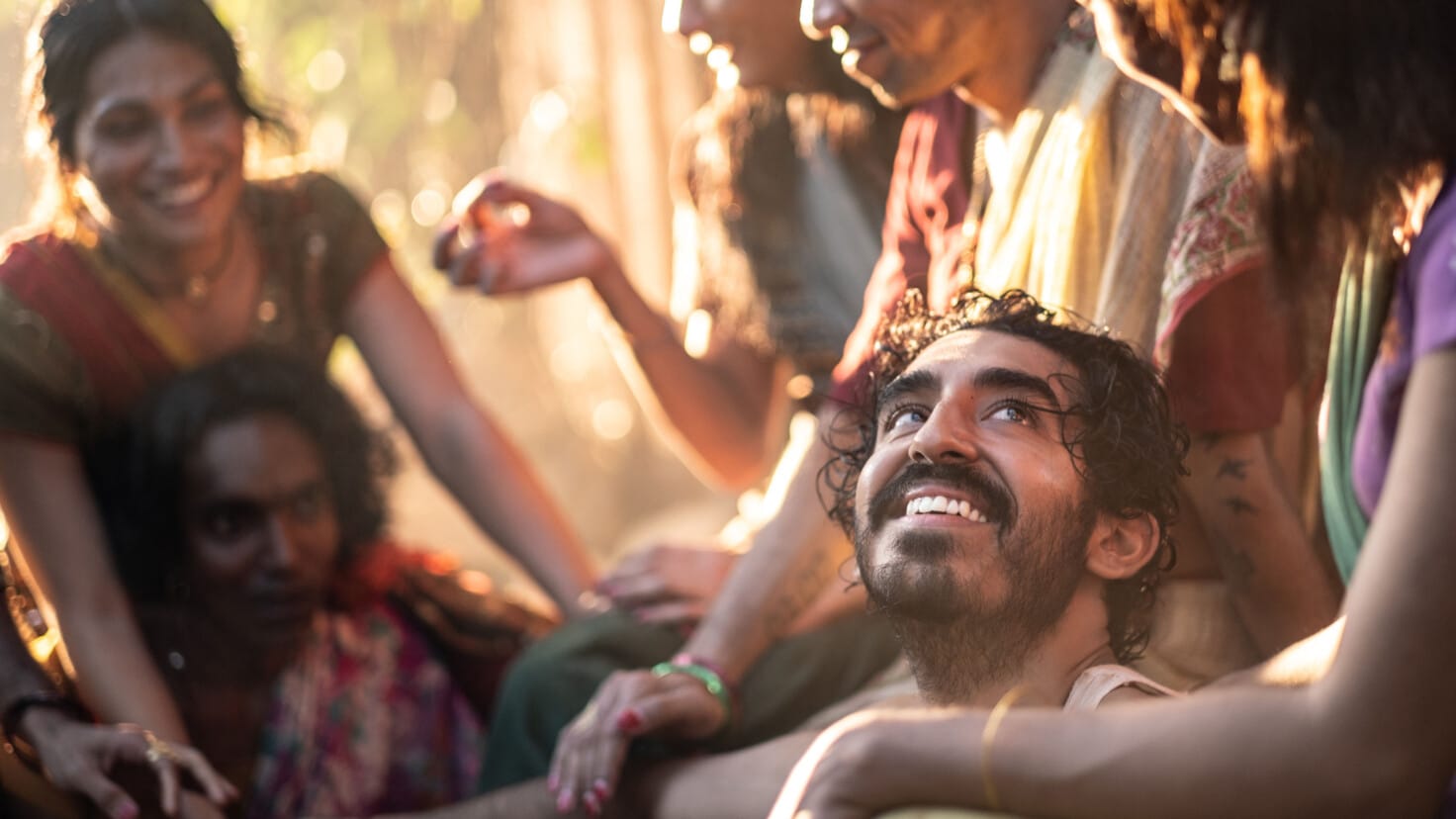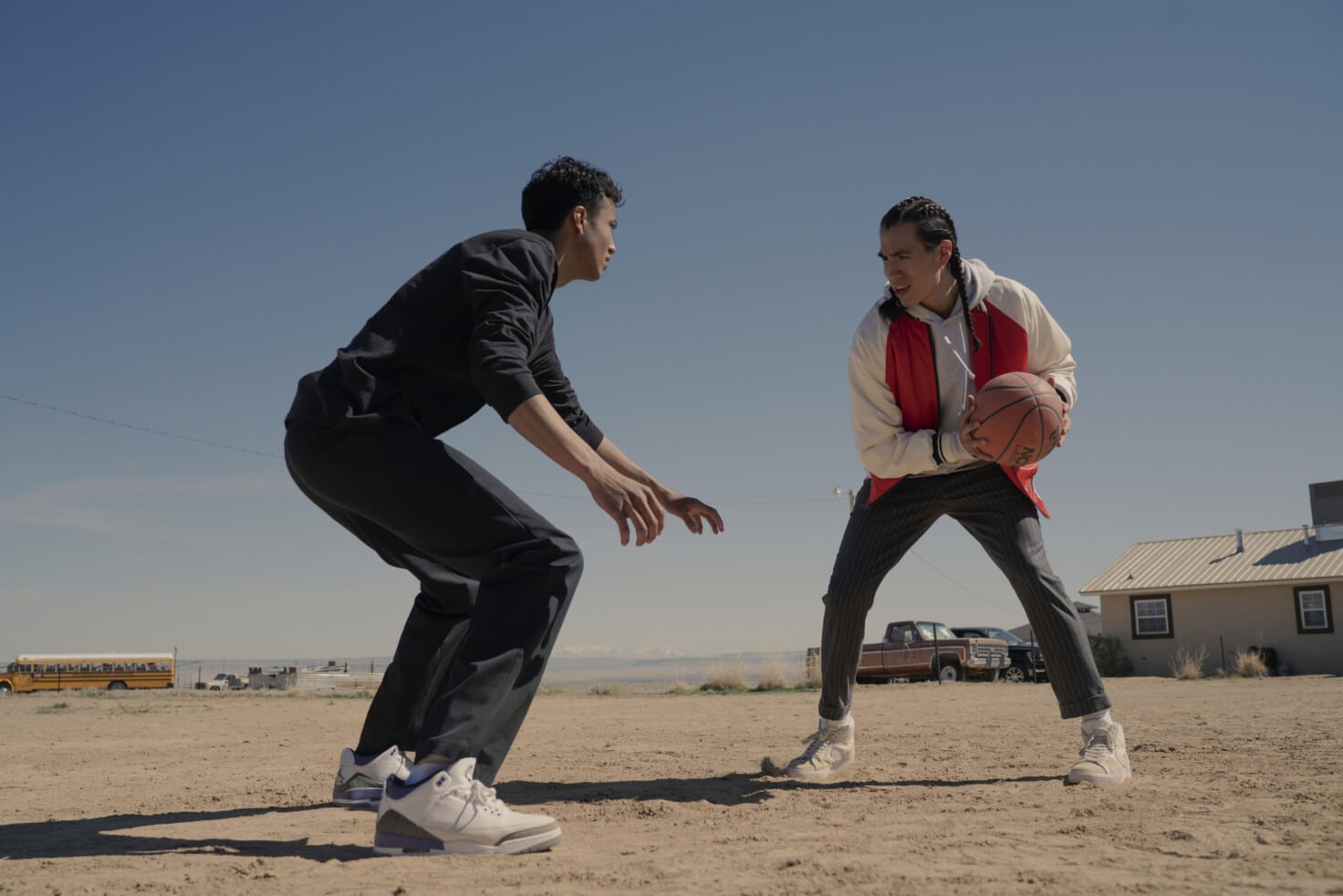In a 2024 New York Times feature titled “Asian Men Are Finally Starting to Get the Girl (or Guy),”1 Joel Kim Booster, who wrote and stars in the 2022 queer romance Fire Island, notes optimistically that Asian American filmmakers these days seem less concerned with “the white gaze.” As the article specifically references the history of racist and “emasculating” portrayals of Asian men on-screen—which have stereotyped the group as weak, asexual, or hypersexual—it tracks a number of recent attempts to counter that narrative, which, beyond Booster’s work, are largely centered on straight men. Kumail Nanjiani, reflecting on his role as “Kingo” in Marvel’s Eternals (2021), shares that he sought to reject notions of South Asian men as scary or pathetic via his take on the superhero: “I wanted this guy to be like a playboy, you know? I kind of wanted him to be like a brown Iron Man or Batman.” And actor Manny Jacinto, who starred in The Good Place, adds that “all of us want to push that narrative of Asian males being more desirable.”
These comments speak to the difficulty of truly escaping “the white gaze” on-screen without abandoning the gender binary, heteronormativity, and the roots of patriarchy along the way. After all, what can desirability alone accomplish? What does a “brown Iron Man” change? This becomes even more apparent when listening to those at the very top in Hollywood, where white-led hypermasculine blockbusters like Gladiator II (2024) or Deadpool & Wolverine (2024) still attract the biggest investments. In a 2024 interview2 promoting his Playboy era–set film Unfrosted (2024), for instance, billionaire comedian and director Jerry Seinfeld said that he misses the “dominant masculinity” of the 1960s and its “agreed-upon hierarchy”—pining for when we upheld “real” men like “JFK . . . Muhammed Ali [and] . . . Sean Connery” as ideals to pursue (conveniently leaving out mention of any allegations of abuse3).
The Seinfeld star shared his thoughts before Donald Trump took office for a second time, but the sentiments were echoed on Fox News and elsewhere in the celebrations that followed the election, which has been seen by many on the right as a welcome “return” to more traditional gender norms.4 Meanwhile, there were political strategists on MSNBC expressing that “young men feel rejected” by the Democrats and that the party must now figure out “what masculinity means” to them.5 The fact that in this context white cisgender men in power can still express a desire for even more is a terrifying reality and speaks to the depth of the backlash against the intersectional feminist organizing of the last two decades—including the Black Lives Matter, #MeToo, and pro-Palestinian movements—which has played out on our screens as much as anywhere else.
The popularity of cinema like Gladiator II attests to the resiliency of the “dominant masculinity” that Seinfeld mistakenly labels as forgotten. But tellingly, in some of the few independent films directed by and/or starring men of color, we also see expressions of this—whether intentionally or not. By centering people who are not white in unconventional ways, these projects may present a challenge to the patriarchal ideal, but in other ways, as projects by, for, and about straight cis men and boys, they struggle to imagine something else.







